I’ve continued drinking more sencha (I mean, it’s not like I want to stop) so here’s another installment in this series on Japanese tea cultivars. There’s not a lot about the Yumewakaba out there, for reasons I’ll explain soon, but here’s what I could find.
What is the Yumewakaba cultivar?
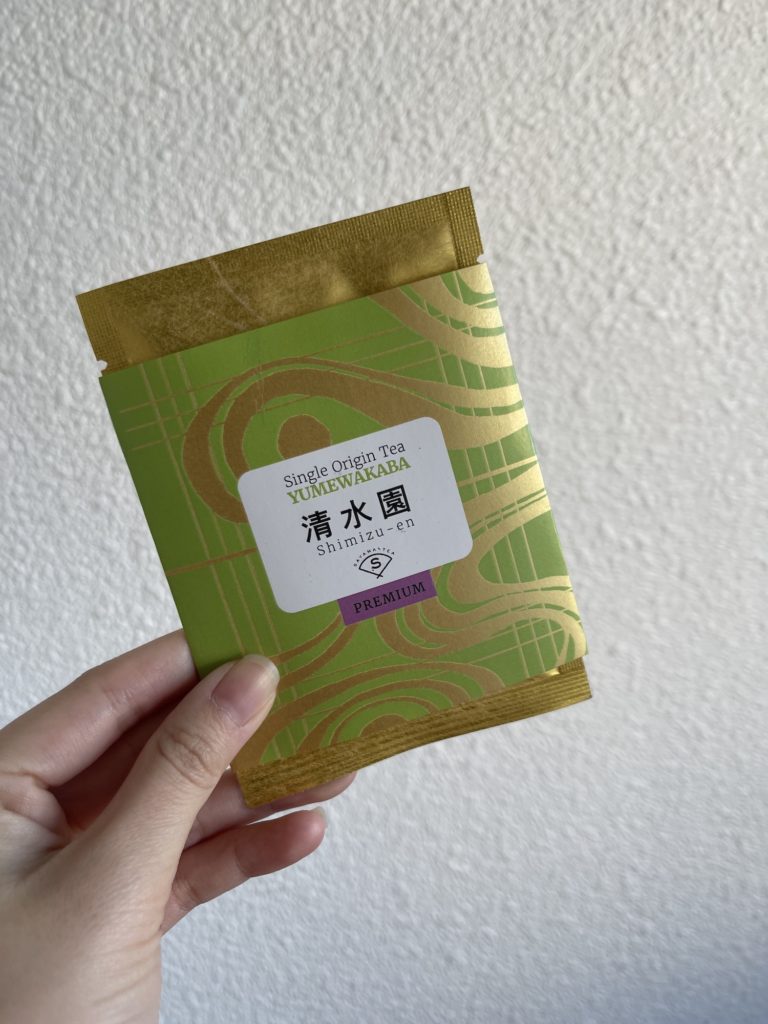
Unlike the Yabukita cultivar, which is over 100 years old, the Yumewakaba cultivar is pretty young! It was created by the Saitama Tea Research Institute in 2006, which is why there isn’t that much information about the cultivar online (in Japanese or English).
But we do know that the Yumewakaba was created by crossing the Yabukita and Saitama No. 9 cultivars. This resulted in a tea cultivar that is mid-harvest (it’s apparently harvested 1 day later than the Yabukita) and which is resistant to diseases and cold weather. In terms of yield and ease of cultivation, it’s on par with the Yabukita, making it a high-yield crop that’s easy to grow.
What does Yumewakaba Taste Like?
I found this very interesting video from Youtube that you may enjoy watching! It’s in Japanese so to summarise the tasting portion in English: In general, the taste of this tea can change depending on how you steep it, but some people get milk and vanilla notes from this cultivar, while other people get fruity and floral notes. Depending on how the tea is processed, you could have a tea that’s high in umami and shibumi (astringent) flavours as well.
My tasting notes
Sencha Version
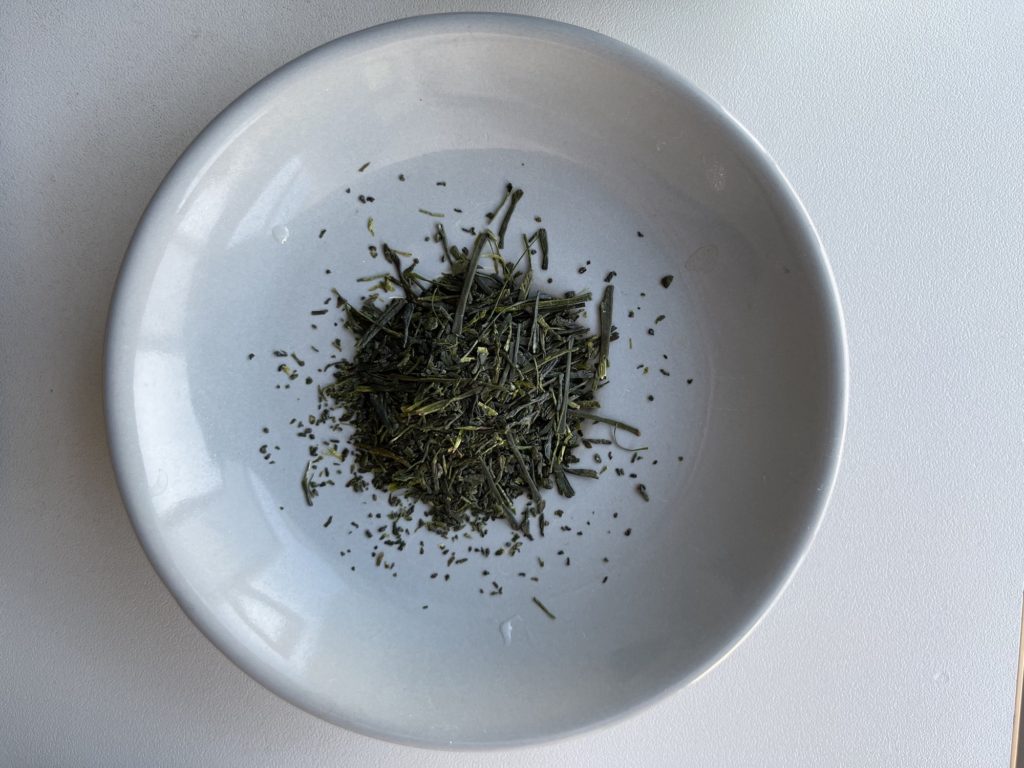
So far, I’ve tried two batches of this tea. Both times, the tea was from the same farm, so I think the only difference between the teas are the weather conditions for the year (very much like the idea of terroir in wine!). I was told that the weather conditions last year was good, so the tea is supposed to have a stronger floral note this time round.
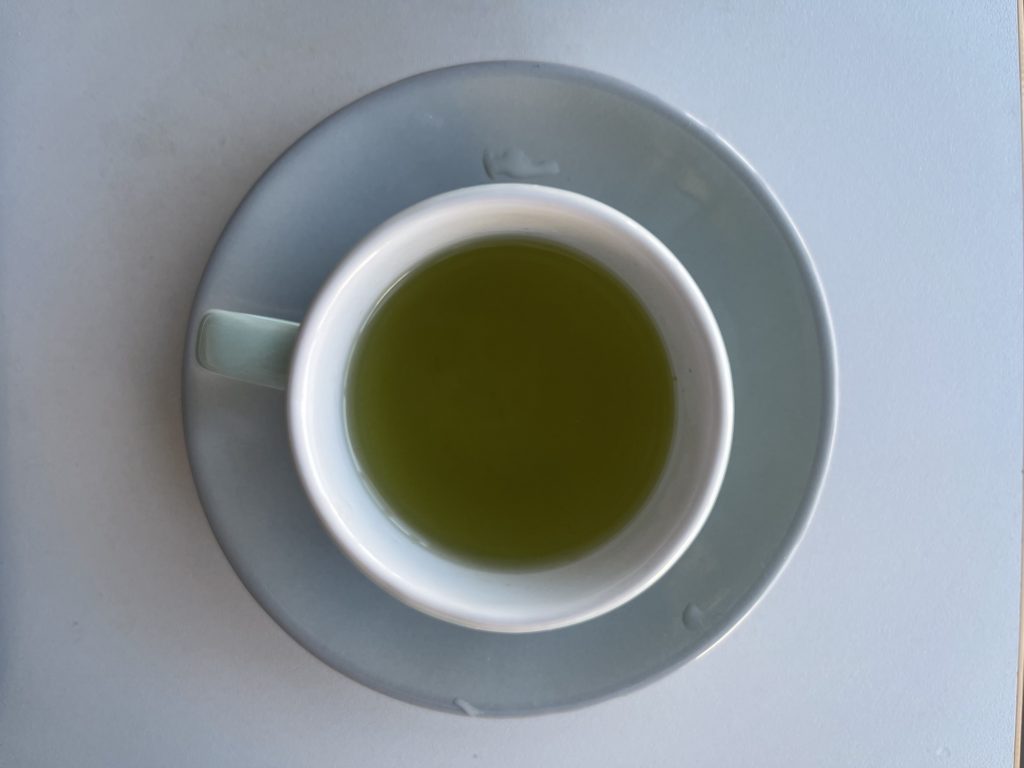
When drinking the tea, I noticed that the first steep was fresh, grassy, and umami with a hint of bitterness. It really reminded me of a typical sencha! But from the second steep onwards, I started to get a pretty distinct floral note, not just in the smell (though it was strongest there) but also in the taste! It’s an interesting comparison to the first time I tried this tea, because I definitely did not get a floral note back then.
Overall, this was a fun tea to revisit and rediscover. I looked at the first post I wrote about the tea and saw that I couldn’t fully identify everything I tasted in the tea, so I’m glad to have the chance to try the tea again and find the floral note. It also goes to show that it makes sense to write down your impressions of a tea, because it can be helpful to compare what it was like tasting the teas at various times (and also if the tea itself has changed).
Black Tea Version
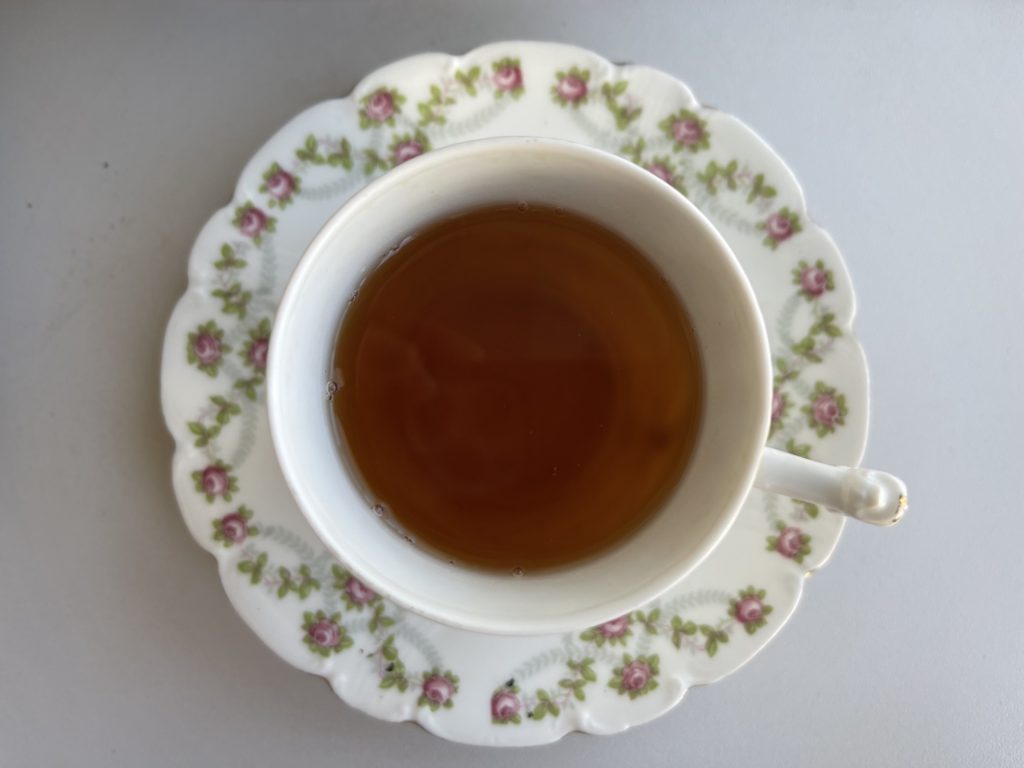
The Yumewakaba black tea was an amazing surprise for me! I wasn’t really expecting much from it, but it turned out to be very sweet and floral, very similar to a black tea made from the Benifuuki cultivar!
My full review of the black tea can be found here
Sources
This time, I got the information about the cultivar from these two sources. They largely agree, so I didn’t bother specifying which piece of information came from which website. Both are in Japanese, but the pages are fairly short so if you’re learning the language, it’s worth a look!
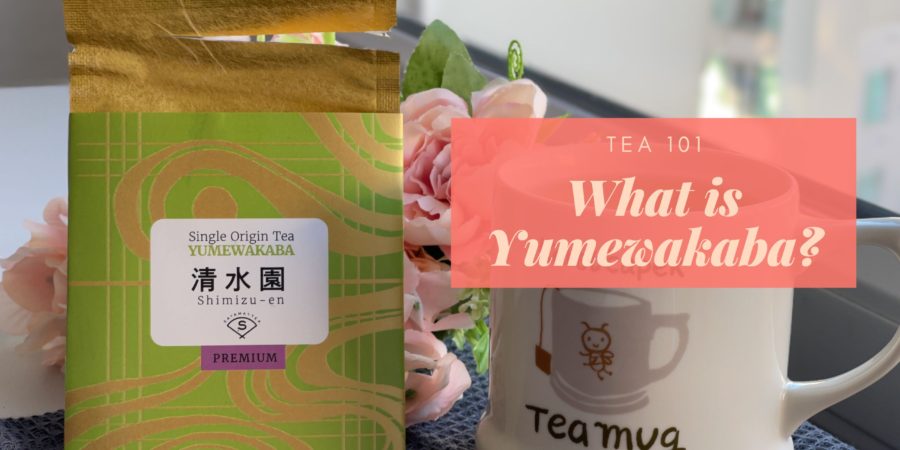
It’s interesting seeing your thoughts for the second time on this one!
I’m so surprised that it tastes so different this time around!